Top 5 Apartment Roofing Tips to Protect Your Properties
One of the most important protective barriers to an apartment is the roof. They come in a few shapes and sizes, but for the most part are pretty standard on most multifamily properties. When maintained properly, apartment roofing can last for many years, even a few decades.
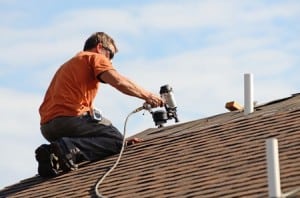
The right roofing materials and maintenance ensures longevity, performance
A common mistake that Maciek Rupar of the National Roofing Contractors Association (NRCA) sees is builders using the wrong materials on low-slope roofs. In some cases, asphalt shingles – one of the most popular materials designed for steep-sloped roofs – will be applied to roofs that are pitched at 2:12, or about nine and a half degrees. Such a low pitch slows water runoff and collects more dirt and debris that can impede drainage. When used on low-slope roofs, asphalt shingles break down faster and create opportunities for water damage.
Rupar, who is one of four NRCA technical services directors, has noticed that today’s residential architectural designs sometime incorporate cheaper asphalt shingles into buildings that have low-sloped roofs in an effort to cut costs. Building codes typically permit asphalt shingles on roofs sloped as little as 2:12, but Rupar says the material is more effective on a standard roof pitch of 4:12 (18.43 degrees) or higher.
“There is the idea that water-shedding products can work down to a slope of 2:12,” Rupar said. “But asphalt shingles wear out faster at these low slopes and don’t assure consistent water shedding performance as they would on a higher slope.
“There has to be some changes made to the design and the details on these roof systems, and sometimes that gets lost on the designer. They find that water does run uphill sometimes if the slope is low.”
Another issue affecting roof performance is neglect, especially for roofs built to reflect heat and create energy efficiencies underneath. Reflective membranes, which are usually white or light in color, bounce heat from the surface as long as they are kept clean. But when the roof isn’t cleaned, energy effectiveness is reduced.
“Owners often forget over time that the membrane surface gets dirty, so it doesn’t stay the same bright color,” Rupar said.
Maintaining a healthy roof starts with observation
A number of other factors affect how well a roof performs and lasts, says Rupar. To get the most out of a roof, apartments should make periodic inspection with either qualified onsite maintenance personnel or a professional roofing contractor.
Here are five tips to help ensure good roof health, based on recommendations from the NRCA and other sources:
1. Periodically clean roof surfaces
Keep roof surfaces clear of debris, dirt and other things that could hinder water drainage and cause ponding. Internal drains should be cleaned and kept clear to promote good water flow. Remove debris that invites plant growth that can cause roofing material to deteriorate. Also, prune or remove trees or limbs that are growing over the roof. A fallen limb can damage shingles or the roof membrane and create leaks.
2. Clean reflective membranes
Roofs that have a reflective membrane design for energy efficiency are only effective if they are clean, especially on a one- or two-story building. Periodically wash the membrane to remove dirt that will reduce reflection of heat. “A dirty or darker membrane will experience higher temperatures as compared to a lighter-colored membrane,” Rupar says. “Some manufactures have found that light-colored membranes designed to function at lower temperatures experience higher temperatures when they get dirty, and they may age faster or have a shorter service life originally intended.”
3. Repair damage to flashing
Strong winds and hail often damage flashing – the metal strips that seal the edges of the roof and around chimneys, vents and other areas where water could penetrate. Water leakage typically starts when flashing is damaged. Inspect and repair perimeter-edge flashings as well as any other flashings where signs of damage from wind or from sealants or fasteners that have aged or worked their way out of the substrate.
4. Look for signs of wear and tear
A missing or curled shingle is an obvious sign of damage, but some not-so-noticeable signs include damage from foot traffic or work on roof surfaces. Rupar says anytime a service technician is on the roof making repairs to HVAC units or other components essential to the operation of an apartment there is a risk of damage, especially if walkways are not available. Inspect pathways where technicians are likely to walk for accidental damage.
5. Immediately inspect roofs after storms
After a severe weather event, inspect the roof for wind and hail damage. Depending on the roofing system installed, inspection may need to be done immediately. “You will want someone to take a look at the membrane after a severe hail storm to see if there was any damage done,” Rupar says. “This will depend on the type of system in place. Some systems, because of the materials included in them, are more resistant to impact than others.”
NRCA recommends that anyone who climbs onto a roof for inspection or repairs use extreme caution. From 1992-2009, a Center for Construction Research and Training (CPWR) Data Center study, “Fatal Falls from Roofs Among U.S. Construction Workers,” found that falls from roofs accounted for one-third of fall-related construction fatalities.
Source: propertymanagementinsider.com



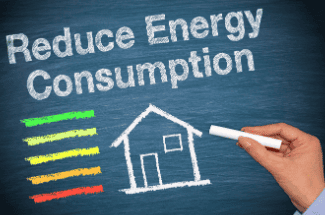

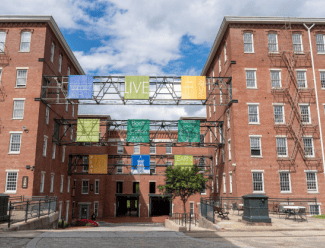

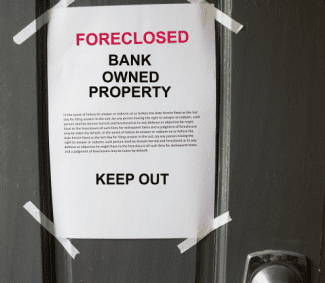
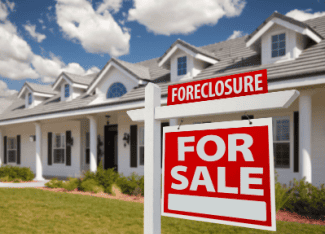






 Accessibility
Accessibility